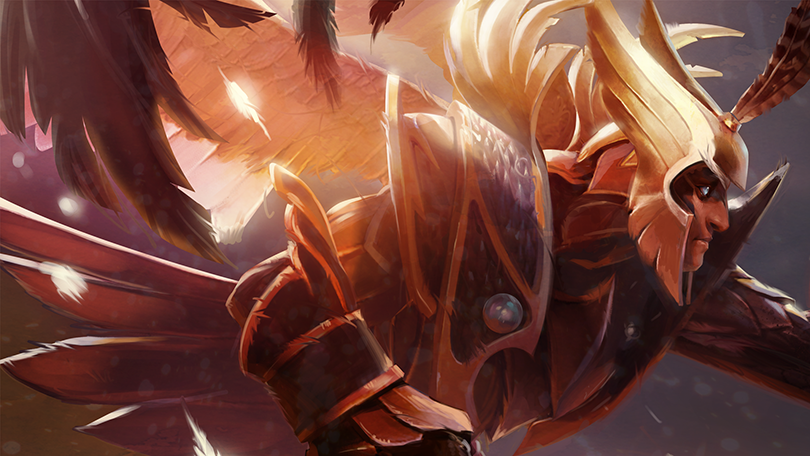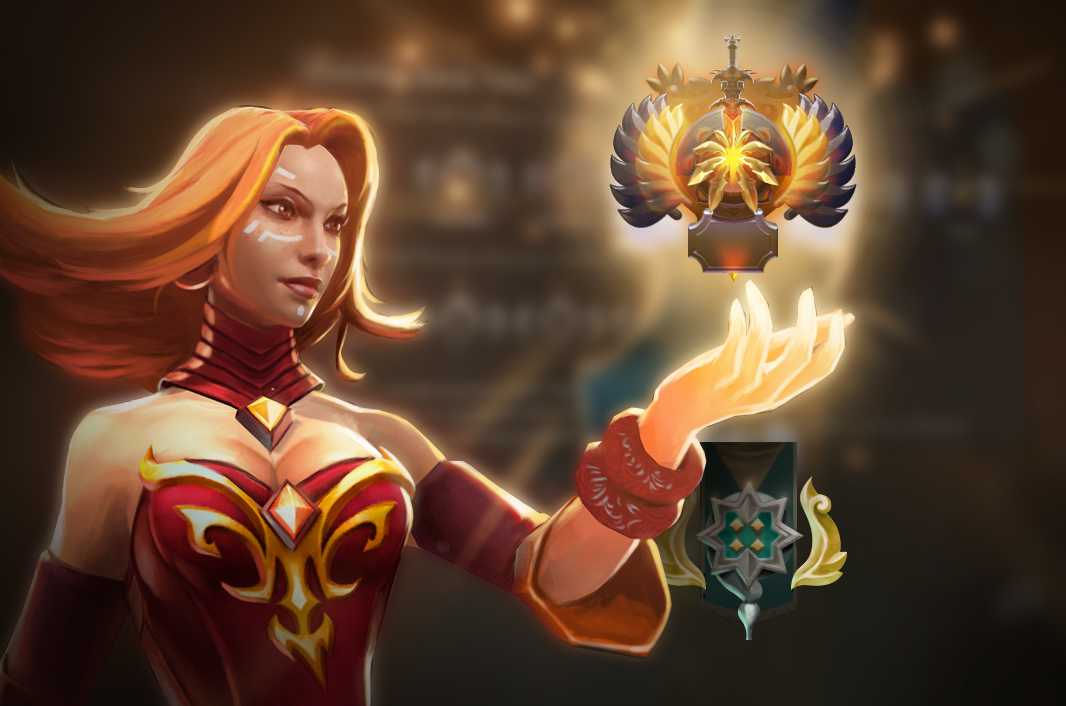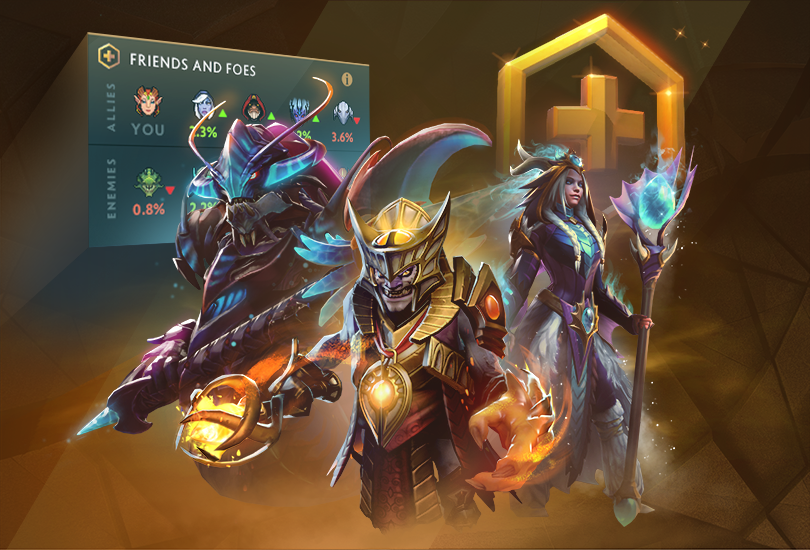

We know that queue times have increased across the board recently, and the most significant factor contributing to this has been the stricter requirements that Ranked Roles imposes on the formation of matches. Prior to the introduction of Ranked Roles, the matchmaker had a wider pool of people to draw upon because of the few restrictions. In the past, when one or more players desired the same role, this conflict was resolved during the game itself, often with unpleasant results. This conflict is now resolved at queue time, but a price of this is that the matchmaker is often starved for players in the least-queued roles. The matchmaker must wait for players in the desired roles to enter the queue, or form sub-optimal matches with the players currently in queue to satisfy all role requirements. Usually the role most in demand by the matchmaker is Hard Support, but this is not always the case, and historically this has varied based on time of day, skill bracket, region, etc.
To address role imbalance more generally, today’s update introduces Fast Queue for Ranked matchmaking. Players in the Fast Queue are given priority by the matchmaker, and will find matches much more quickly. In order to earn games for Fast Queue, you must elect to play with all roles selected. Playing with all roles selected will also automatically place you in Fast Queue for free.
When playing solo with all roles selected, you will earn four more games for future use in the Fast Queue. When grouped as a party, players can also earn Fast Queue games if the party fulfills all roles between its players. Two-player parties earn 2 games each, three-player parties earn 1 game each. You can earn and store up to 60 Fast Queue games.
For example, if you are in a party of two where one player marks the three Core roles and the other marks the two Support roles, they will enter the Fast Queue for free, and will each be awarded two additional Fast Queue games. Parties of 5 will always enter the Fast Queue for free, but do not earn Fast Queue games. We've added new UI to make it easy to see to understand when you or your party is eligible for Fast Queue.
Our data clearly showed that players choosing roles without any additional constraints simply doesn't result in enough role diversity for the matchmaking population to be healthy, negatively affecting both queue times and match quality. The motivation of the Fast Queue is to solve the "roll for mid" problem in a structured way that prevents in-game conflicts, while also providing enough role diversity to enable reasonable queue times.
Going forward, our immediate focus will be validating that Fast Queue is doing enough to improve health of the matchmaking pool, and tweaking as necessary. We'll also be rolling out a small incremental update to the behavior and report system in the coming weeks. As always, please continue to give us feedback. We appreciate your patience thus far as we iterate on matchmaking.









